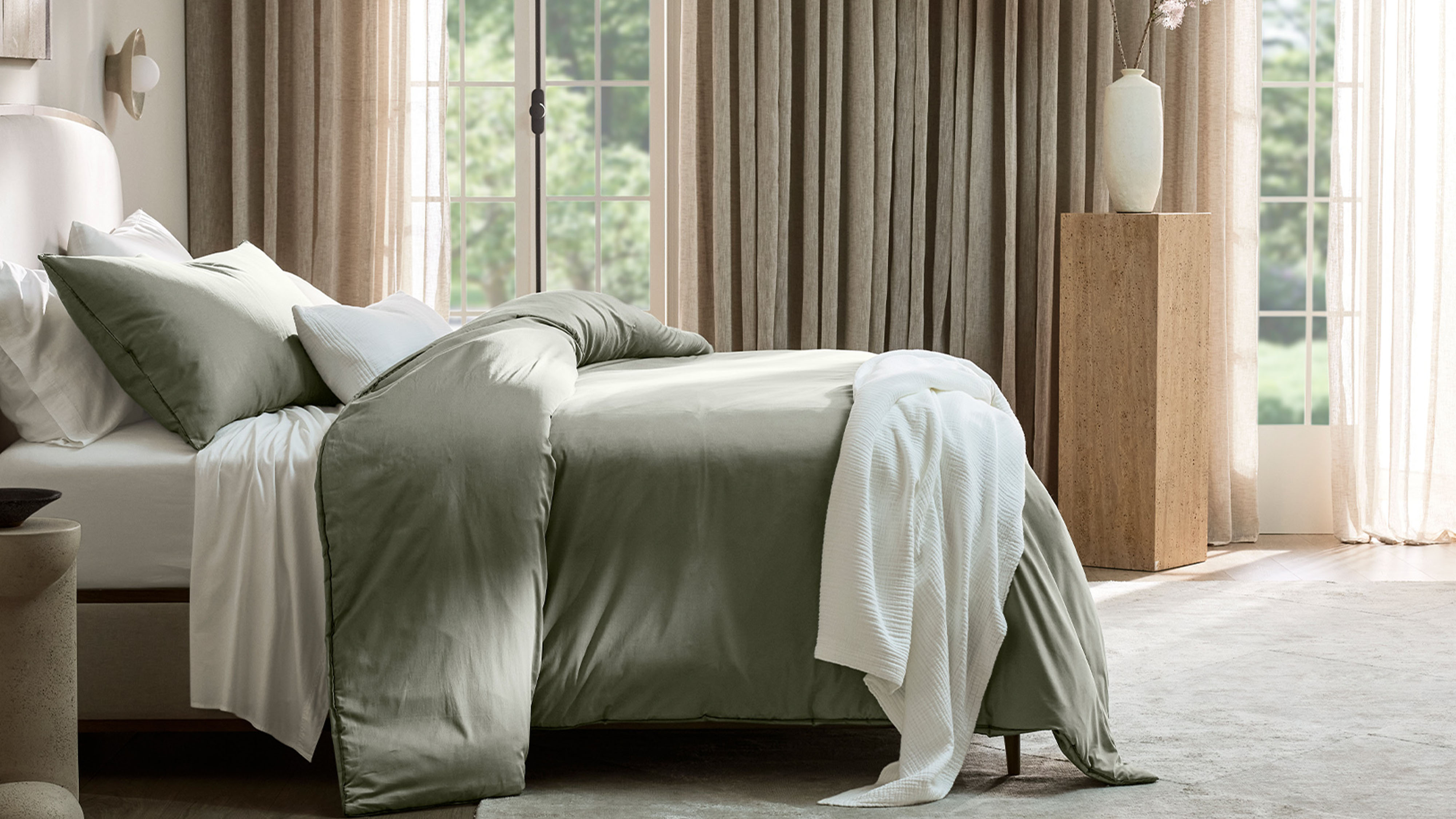
Are you vacuuming your mattress? It might seem a lot of effort for a part of the home that's usually protected by bed sheets, but actually, vacuuming your mattress is important for your health, experts warn.
I visited the Dyson engineering labs in Malmesbury, UK, later speaking to Dennis Matthews, Dyson's lead research scientist in microbiology, all about dust mites. One of my key takeaways was that you must vacuum your mattress, and do it frequently.
To help Dyson's team craft some of the best vacuum cleaners to pick up particles effectively, the brand knows dust inside out. Dyson is now one of the leading research groups on dust mites.
During my visit, I even saw their collections of dust mites and homegrown dust in the labs, similar to the allergens in our homes, and picked their experts' brains on the best practices we should adopt in our homes for better health.
Why you should be vacuuming your mattress
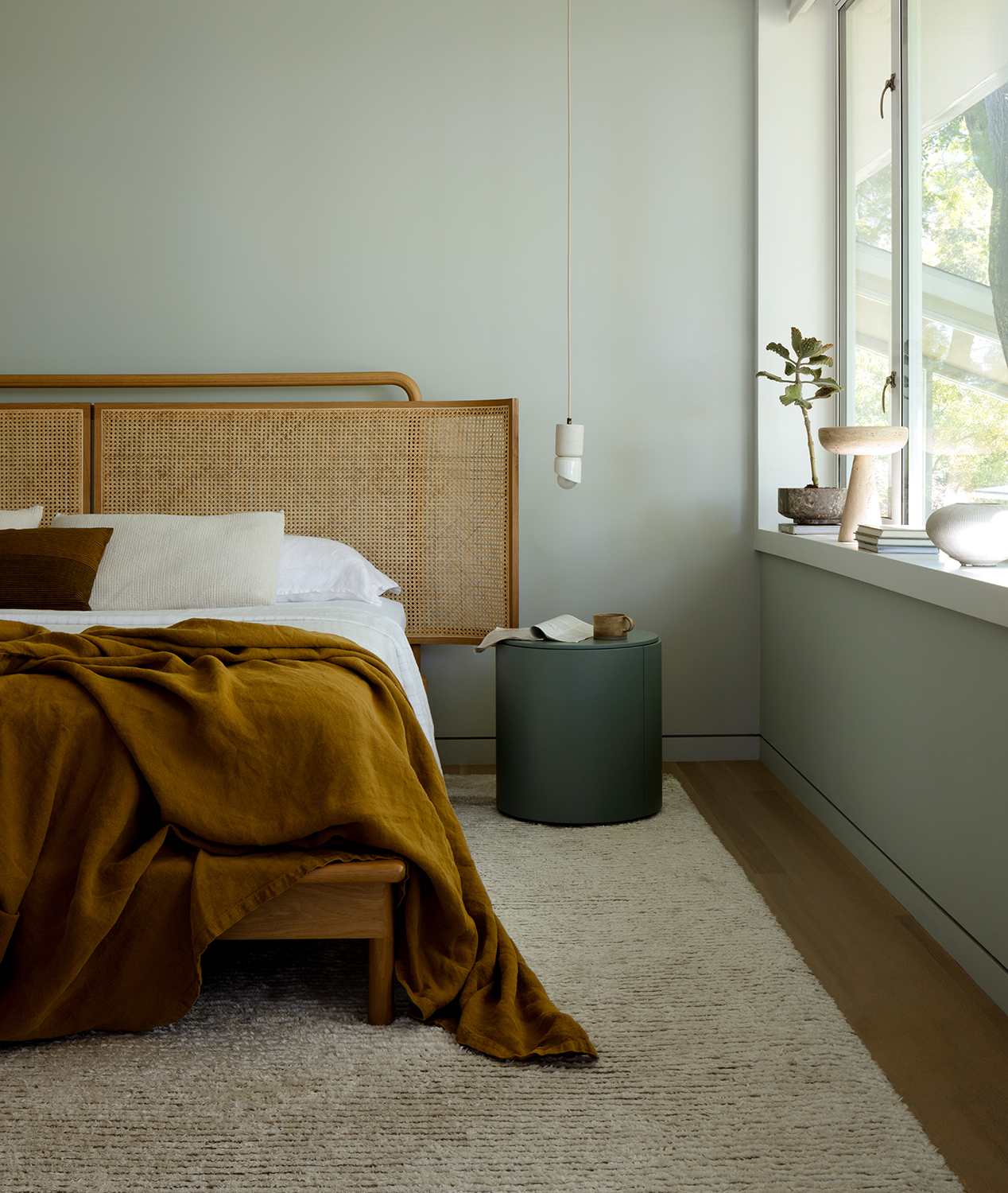
It's all to do with dust mites: tiny, microscopic bugs that live all over our homes. When we talk about dust allergies, we're really talking about allergies caused by dust mites. More specifically – dust mites' feces.
'House dust mites are microscopic arachnids that can be found in homes all around the world,' explains Dennis Mathews, lead research scientist in microbiology at Dyson.
'Their average life-cycle is 65-100 days and during that time they will produce approximately 2,000 fecal pellets and secrete even more proteins through their saliva – both of which can trigger allergies and impact your well-being.'
Design expertise in your inbox – from inspiring decorating ideas and beautiful celebrity homes to practical gardening advice and shopping round-ups.
Dust mites primarily feed off dander, AKA dead skin cells from humans and animals. 'On average, humans shed two grams of skin per day, and even more at night where friction from bedding causes dead cells to shed,' Dennis shares. If you have pets or live in a home with others, you can imagine just how much dead skin accumulates for the dust mites to feed on.
This makes our bedrooms and living areas a feasting and breeding ground for them. 'From May-October, dust mite breeding season takes place over which time the female of the species lays between 60-100 eggs,' an unfortunate contributor to what is already a high-allergy period.
'But even though mites die off in the winter, the allergenic material they produce – including feces, body parts and saliva – is left behind.'
So, when we talk about vacuuming 'particles' in our home this is one of the leading reasons why we do it. We can't see dust mites or the matter they leave behind with our naked eyes, so there's no clear way of knowing when it's time to vacuum. That's why it's important to get into the habit of vacuuming your home often, and making sure your mattress is included as part of this regular clean.
And aside from dust mites (and what they leave behind), mattresses are just like any surface in the home and can collect bacteria, pollen, dander, and all sorts of undesirable particles. Left uncleaned, even the best mattress can affect your health and well-being, and leave a nasty odor.
What to do
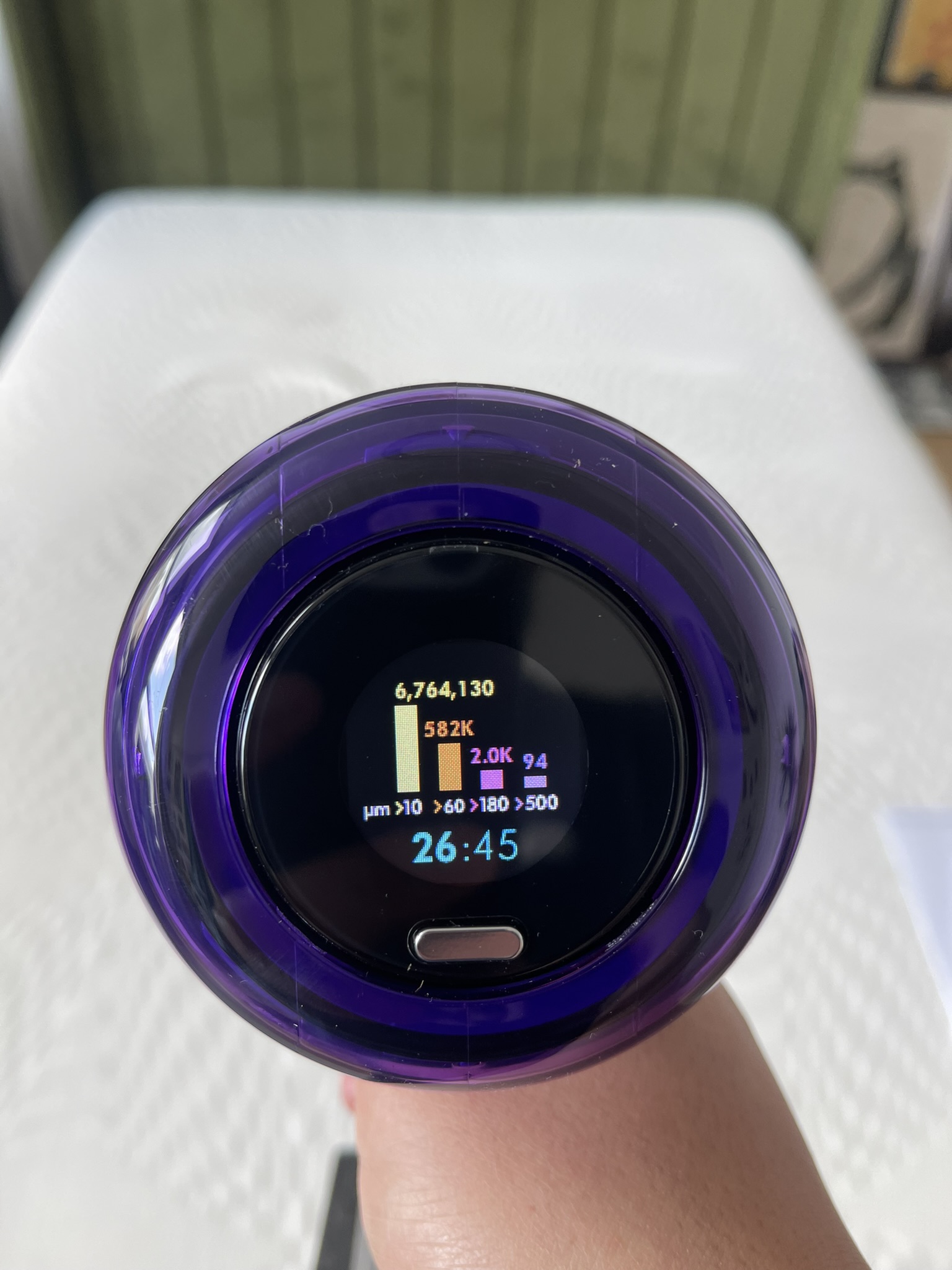
The digital display of a Dyson V12 Detect Slim whilst vacuuming a mattress
According to Dennis, the main thing to remember is to starve the dust mites. 'Reducing the amount of skin cell debris in your home minimizes the primary food source of dust mites, inhibiting them from reproducing exponentially during dust mite season,' he says.
'Vacuum your mattress on both sides with a machine with an advanced filtration system, as well as your sofa and other upholstery.' Experts recommend doing this once a month, but I find it easier to just vacuum my mattress every time I change my sheets, which is once every one to two weeks.
'What’s more, dust is light enough to become airborne. When we turn our heating systems on, convectional currents can move dust mite feces and allergen around the air in our home,' he adds, highlighting the importance of managing airborne pollutants with one of the best air purifiers.
'Air out bedding and blankets frequently, as well as ventilating your home by opening the window or using a HEPA-filtered air purifier.' Dust mites thrive in the dark so, when you wake up, don't make your bed straight away. Open the curtains and let the daylight do its job.
It's also important to manage your home's humidity levels. 'Dust mites hydrate themselves by absorbing water from the air, so keeping relative humidity levels below 45 per cent at room temperature will kill most of them off,' Dennis recommends. A dehumidifier can do this for you, as well as an accurate humidistat.
And finally, don't forget that dust mites are microscopic. If you can see dust, mites are probably already thriving and it's definitely time to vacuum.
Once you're equipped with an advanced-filtered vacuum and air purifier, and a dehumidifier to control humidity levels, you're triple-protected against the spread of dust mites at home.
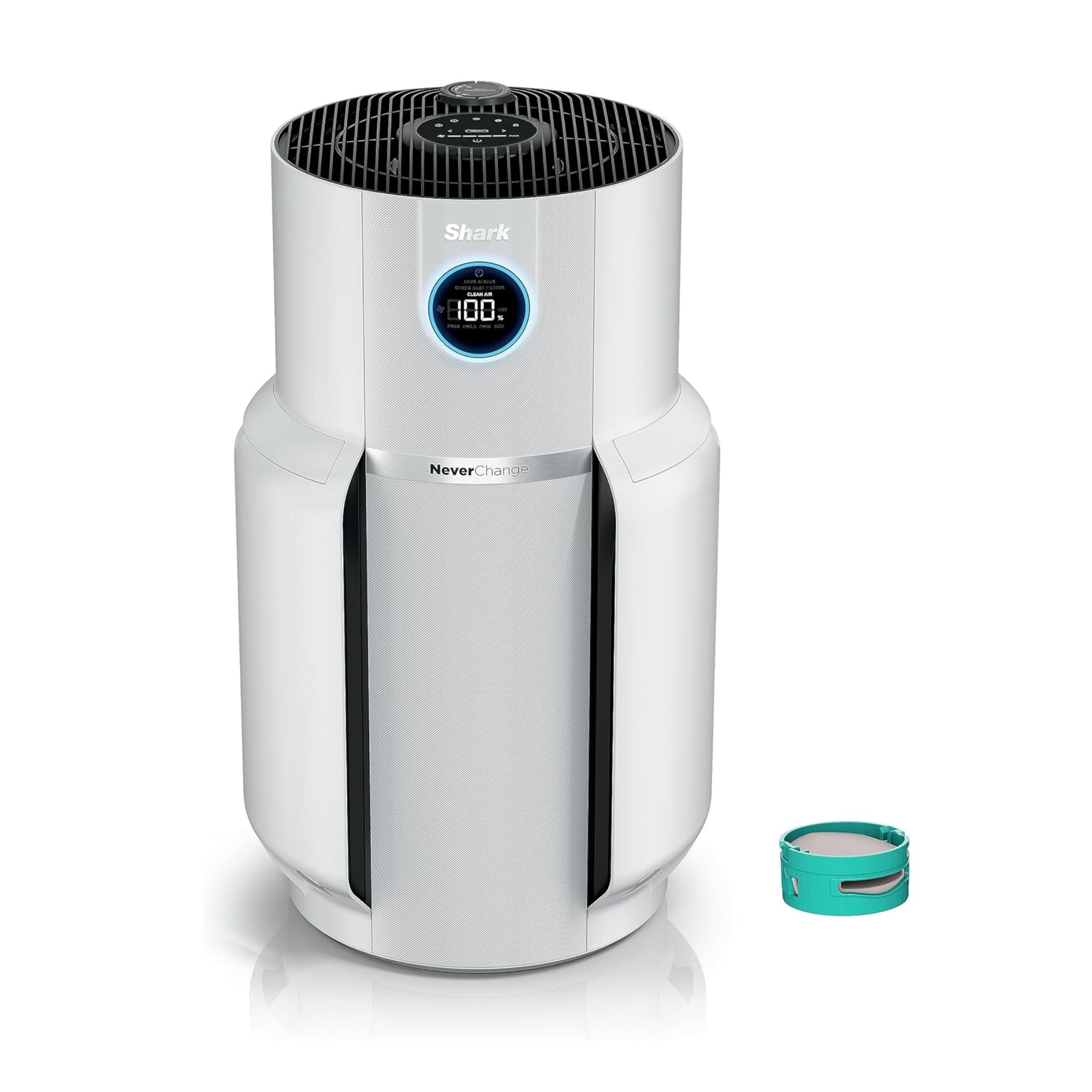
This is the best overall air purifier I've tested here at Homes & Gardens. It has a HEPA filter that actually exceeds HEPA standards, and prefilters that avoid replacement filter costs for up to five years. It also covers a massive 1,400 square feet.
Read our full Shark NeverChange Air Purifier MAX review.
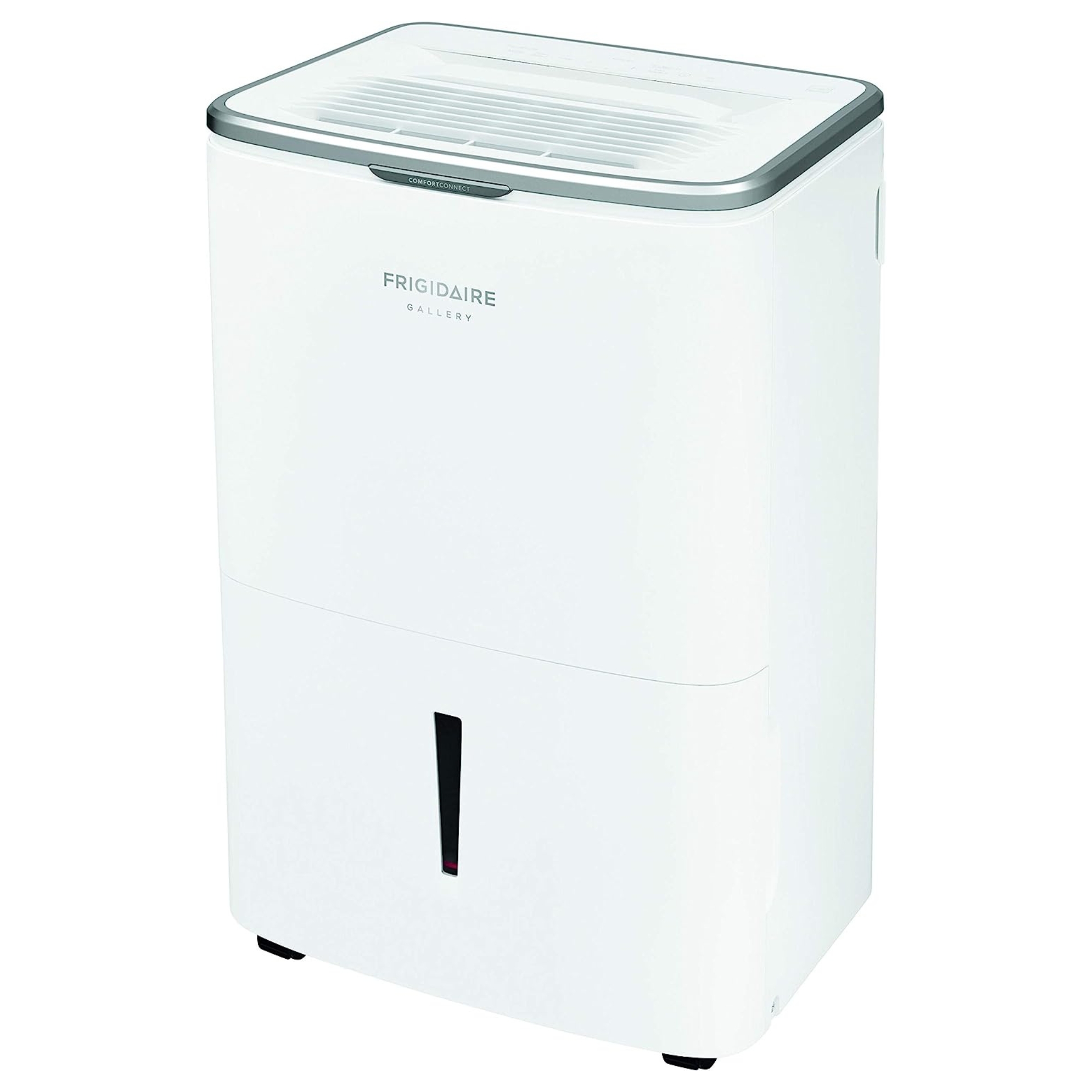
Our current favorite dehumidifier is the Frigidaire Gallery 50 Pint. 50 pints is a generous capacity to avoid emptying too often, and it comes with a full set of smart features (and app compatibility) for convenient and comprehensive control over the appliance.
Read our full Frigidaire Gallery 50 Pint Dehumidifier with WiFi review.
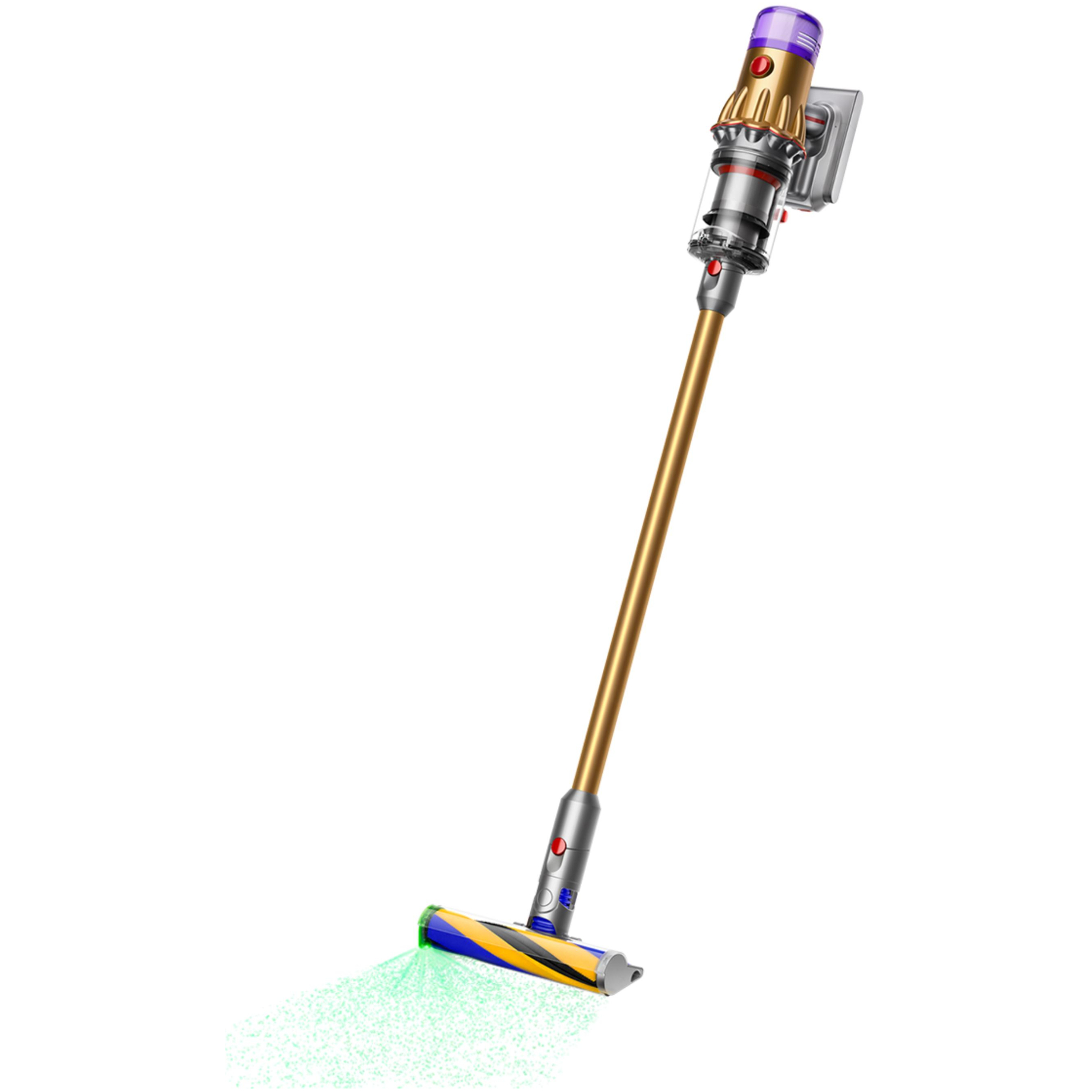
If you're looking for a vacuum cleaner with an advanced HEPA filtration system, Dyson's V12 Detect Slim is the perfect choice. It's incredibly powerful, has a dedicated motorized tool for mattresses, dog beds and furniture, and detects picked-up particles down to the individual particulate size.
Read our full Dyson V12 Detect Slim review.
To really stay on top of allergens at home, consider one of the best vacuums for pet hair.

Dan is the Home Tech Editor for Homes & Gardens, covering all things cleaning, sound, smart home, and air treatment across the Solved section.
Having worked for Future PLC since July 2023, Dan was previously the Features Editor for Top Ten Reviews and looked after the wide variety of home and outdoor content across the site, but their writing about homes, gardens, tech and products started back in 2021 on brands like BBC Science Focus, YourHomeStyle and Gardens Illustrated.
They have spent more than 400 hours testing and reviewing vacuums, soundbars and air purifiers for Homes & Gardens.
Dan has a BA in Philosophy and an MA in Magazine Journalism. Outside of work, you'll find them at gigs and art galleries, cycling somewhere scenic, or cooking up something good in the kitchen.
